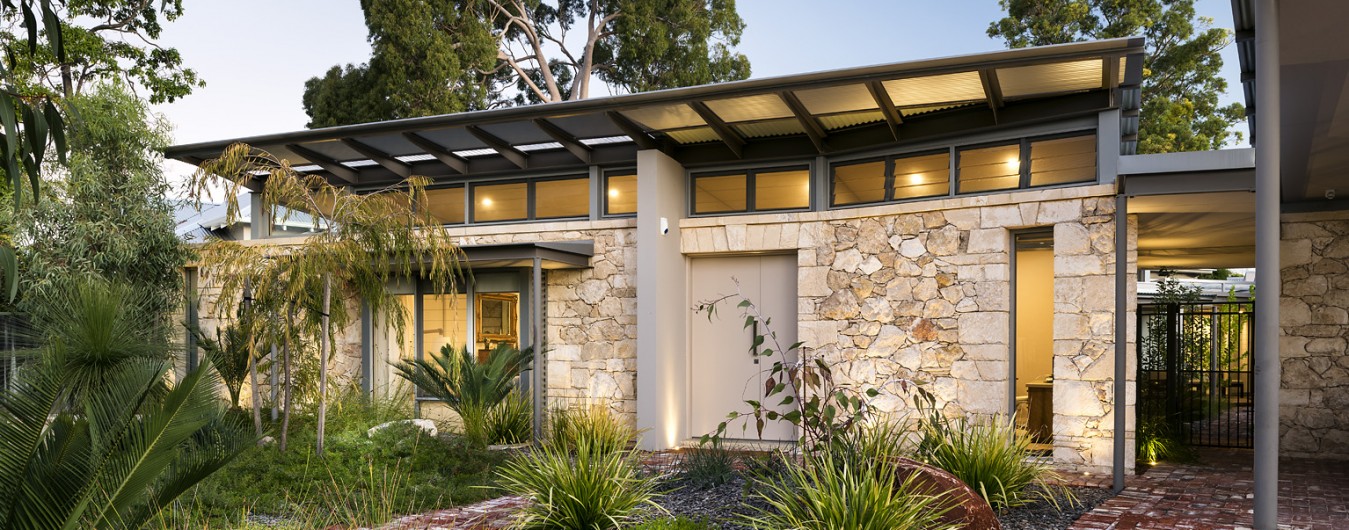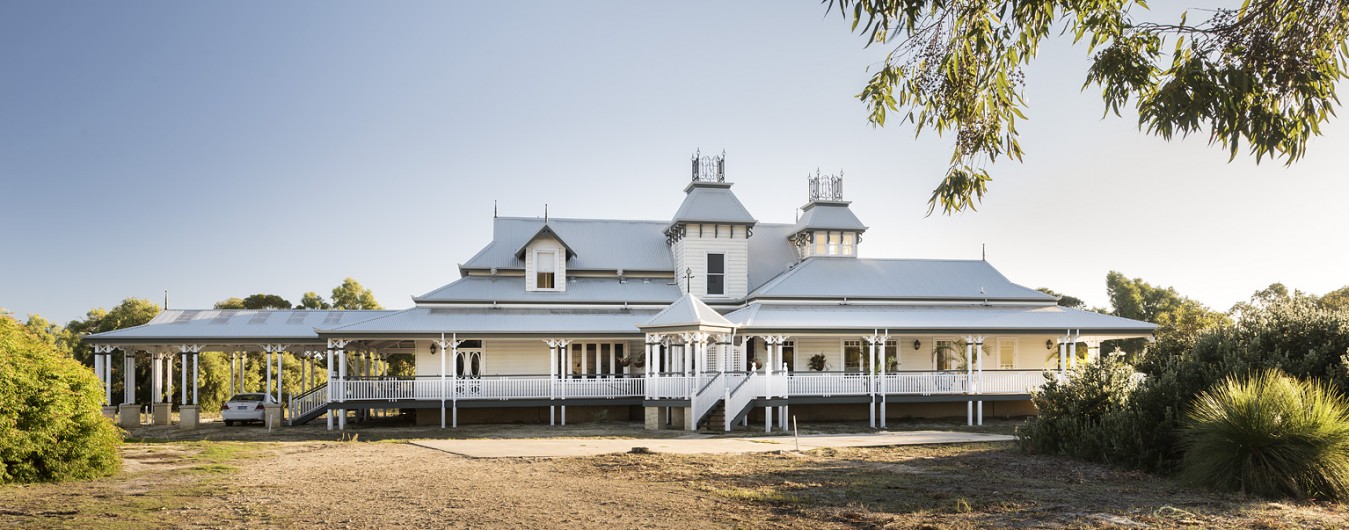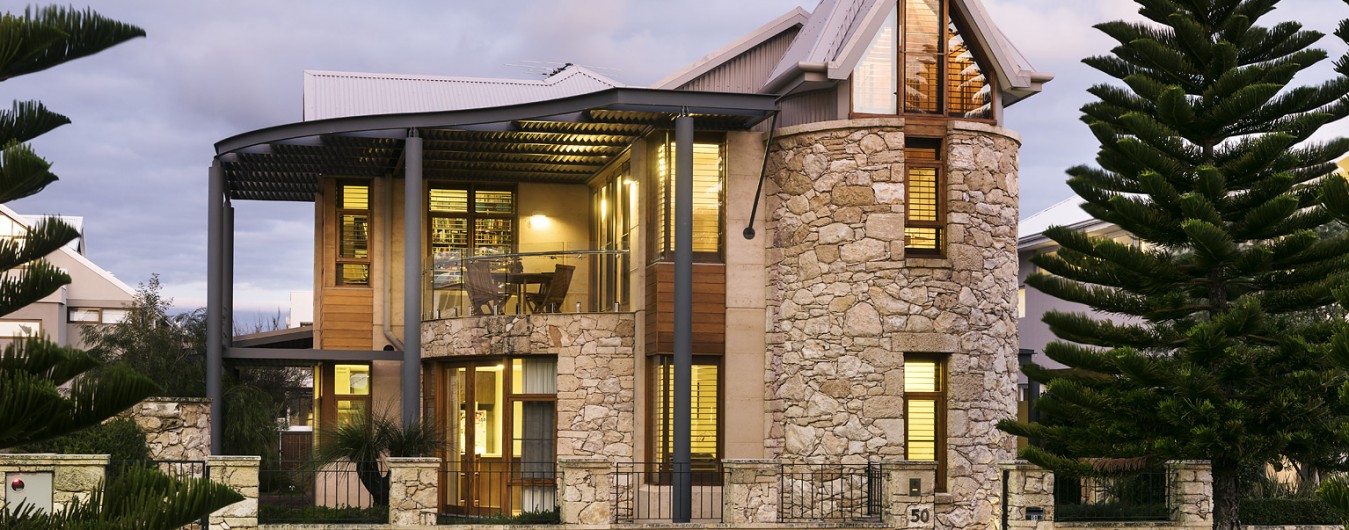State’s Premier Provider of Electricity Silently Slugs its Green Energy Customers with Further Price Hikes
31 July 2009
Jacinta Goerke
Journalist
A DECISION by Synergy to significantly increase the cost of renewable energy as from tomorrow (1 August 2009) has outraged environmental groups, scientists and the general public.
Director of Wise Earth Pty Ltd and Order of Australia recipient Mr Garry Baverstock said the unsubstantiated and unpublicised price hike is sending shock waves through the renewable energy sector and supporters of green energy initiatives.
“While Synergy customers are still coming to terms with the recent 25 per cent price rise that took place on 1 April and 1 July respectively, people buying green energy are soon to be slugged with up to a further 20 per cent price hike,” said Mr Baverstock.
“This means if you are buying green energy from Synergy you can now expect to pay close to double what you were paying six months ago,” he said.
Mr Baverstock said Synergy offered three main green options to residential consumers: EasyGreen where one could pay for ‘blocks’ of green power; NaturalPower where one pays a few extra cents for every kilowatt-hour (kWh) and Earth Friendly which is a carbon offset choice.
“Yet each green option has new charges,” he said. “If you previously bought blocks of green power valued at $30 on an EasyGreen plan you were given 682kWh, yet as of tomorrow you will only receive 492kWh which is significantly less green energy for your money.
“If you are on a NaturalPower plan you are currently paying an extra 4.4 cents per kilowatt-hour and as tomorrow you will be paying 6.1 cents per kilowatt-hour,” he said.
Mr Baverstock said this decision by Synergy to specifically target green energy supporters did not add up and he queried whether its calculations were a true reflection of cost increases at wind farms connected to the electricity grid.
He said the government entity promoted itself as being committed to the environment, to the community and to its customers, yet he wondered how many people believed this statement.
“If anything, there should be no difference in whether a person wants to buy renewable or non-renewable power,” said Mr Baverstock.
Mr Gary Warden, a NaturalPower consumer and Al Gore Ambassador said the Synergy price hike will reinforce Western Australia’s position as the worst in the country in regard to adapting to green power.
“Unlike other Australian states and territories, Western Australia is in an unenviable position as being the least supportive of green energy consumption in this country.
“According to the Federal Government’s GreenPower program and ABS data less than one per cent of Western Australians purchase green energy compared to 16 per cent in Victoria; between 12 and 13 per cent in Queensland and South Australia; and between eight and nine per cent in New South Wales and the Australian Capital Territory,” said Mr Warden.
“If anything, we Western Australians and our representative government enterprises need to take a long hard look at ourselves to see what we can do to catch up with the rest of Australia,” he said.









